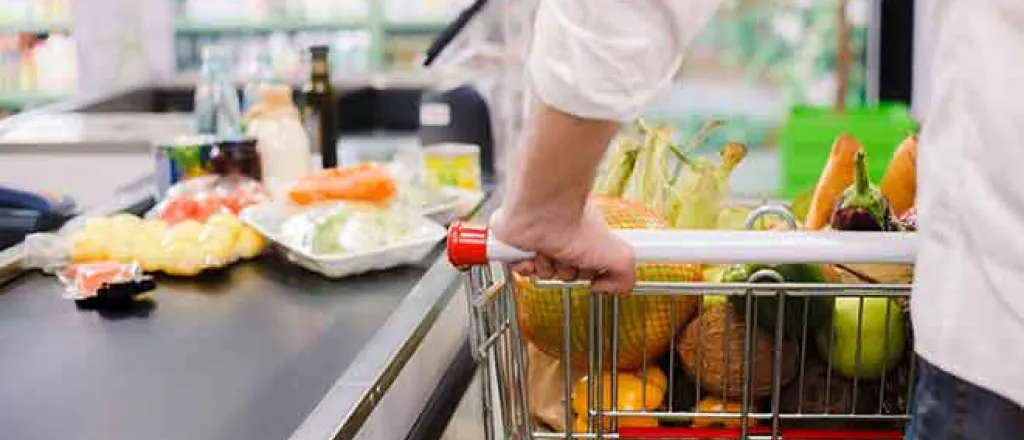
Knowing food date labels key to cutting waste
(Wisconsin News Connection) It's almost an everyday dilemma for consumers - whether to believe a food expiration date.
Advocates for cutting waste say there are tips to avoid tossing items that still might be good, along with other helpful information.
This is Food Waste Prevention Week and citing federal Environmental Protection Agency data, the Public Interest Research Group says 35 percent of the nation's food supply is wasted.
The group's Food and Agriculture Advocate - Danielle Melgar - said it happens throughout the supply chain, including farms and the hospitality sector. But she said consumers can do their part, too.
For example, she said date labels can be confusing.
"A lot of labels that we see on food are not really what we think of as expiration dates," said Melgar. "They're more about the quality of the product."
She said a "use by" label is more of a safety warning, meaning the food has reached its expiration date.
A "best by" label is linked to peak quality, and the product could still be safe to eat, just maybe a little less flavorful.
Inspecting and smelling the food item can help determine what to do. Melgar added that people also need to do more planning before shopping, so they don't over-buy.
Melgar said great deals advertised at grocery stores often convince people to buy more food than they can realistically eat. She said planning ahead still is a good strategy.
"Before you head to the grocery store, stop and think, 'What am I going to pack for lunches this week?" said Melgar. "What ingredients can I combine, so that I don't have leftovers that I can't use?' You know, leftover individual ingredients."
Most areas have resources for composting fresh foods, recycling organic matter like kitchen scraps into nutrient-rich fertilizer.
The Wisconsin Department of Natural Resources has information on its website about composting at home or using a subscription service in your community.
















